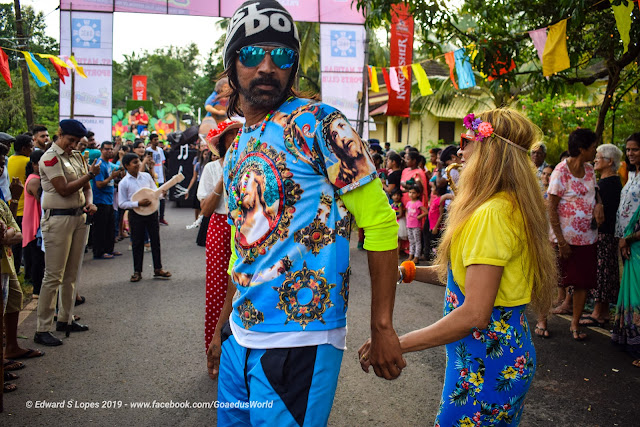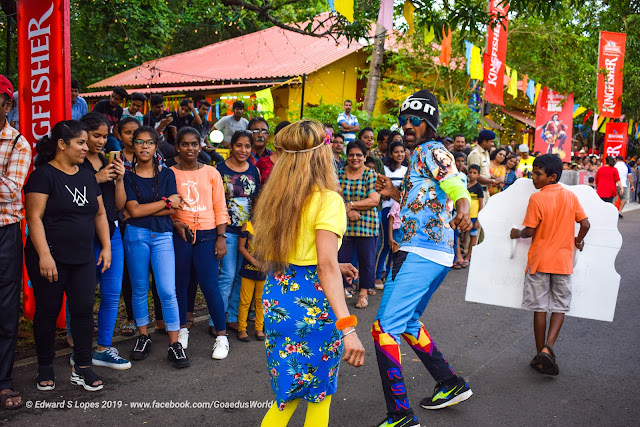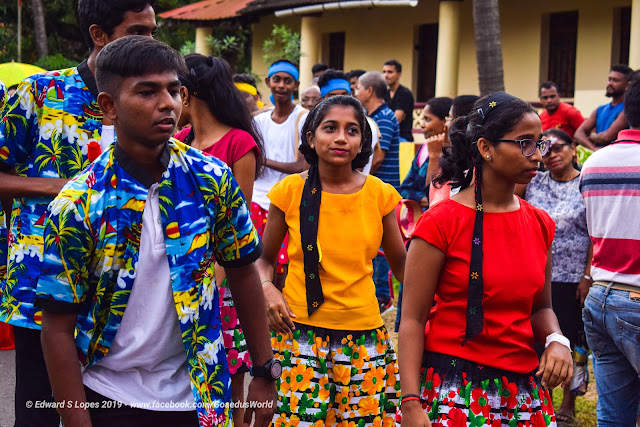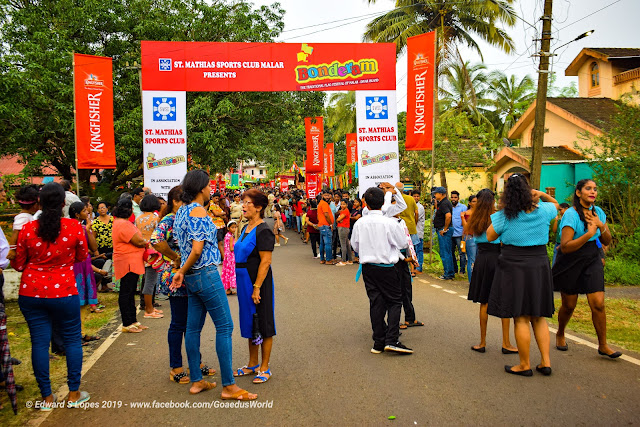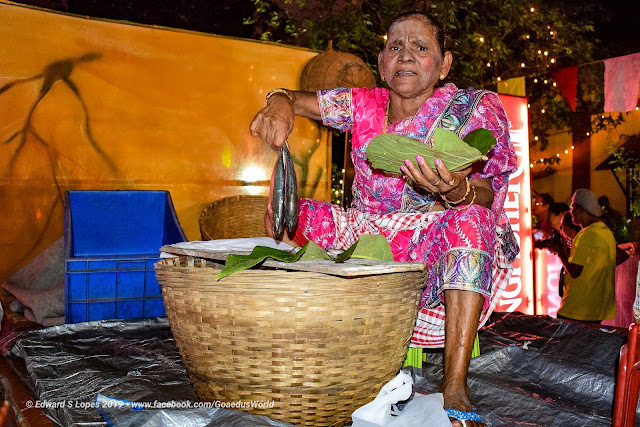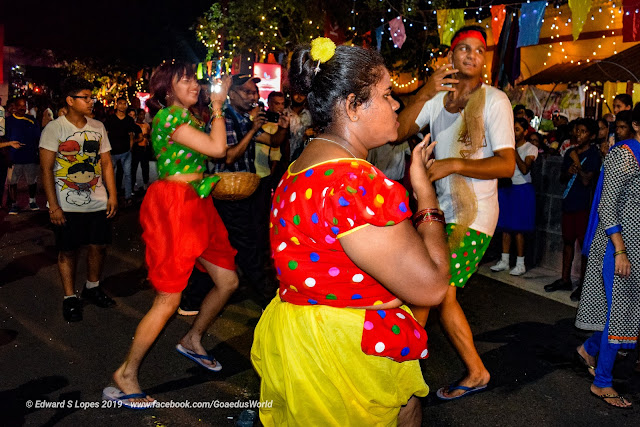Showing posts with label Divar Island. Show all posts
Showing posts with label Divar Island. Show all posts
Sep 14, 2022
Aug 27, 2022
Aug 21, 2022
Aug 20, 2022
Jan 10, 2022
Dec 30, 2021
CAPELA DO ESPÍRITO SANTO, NAROA, ILHA DE DIVAR, GOA
CAPELA DO ESPÍRITO SANTO, NAROA, ILHA DE DIVAR, GOA
The Holy Spirit Chapel dedicated to St. Thomas (fortress chapel of the Naroa fort, on the Divar island of Goa)The Naroa Fort is positioned in the Divar island of Goa. It is primarily located in the old Goa city. The fort was built in between the period of 17th to 18th in the Muslim rule. It provides one of the best places for sightseeing in Goa.
The fort was built with the incorporations of the Hindu architectural style but in the later changes has been made in the fort under the rule of the Portuguese following the Portuguese style of architecture. Though most parts of the fort has ruined, the remaining section of the fort shows some brief about its architecture and history. The church inside the fort was made following the Baroque style of architecture. It has been noted that the outer section of the church has a dome like structure with each of the towers. The church was tinted white and it is preserved as a so for a long time. Most parts of the fort are made of bricks and hard stones along with mud which further provides a sense of the contemporary approach of construction. The outer walls of the fort are around 15 feet in height and hold a black texture. However, the monument inside the fort is tinted in pure white, which further provides a scenic view of the fort from far for the tourists.
The fort has more than 300 years of history associated with it. The island in which it is located is near to the banks of the Mandovi River of old Goa. The fort was primarily erected in the year 1710 under the guidance of Diogo Da Silveira. However, in the later stages of history the fort was abandoned in the year 1834. In the present day context most part of the fort are ruined. The island in which the fort is positioned is also titled as the ancient dipavati. The place in which the fort is built was once considered as the holy place for the Hindus before it was finally overtaken by the Portuguese in the early 18th century. After the end of the Portuguese rule in the palace, it also served as a residence for many noble families in Goa. The fort is also still seen as a holy place by the Hindus, where the devotees attend in large numbers to bathe. The island is also known as a tirtha place for the Hindu devotees. The place surrounding the fort is famous for its sightseeing and scenic beauty especially in the presence of the temples as well as churches in the area.
The monument i.e. the Naroa Fort is located in the banks of the Mandovi River. This aspect associated with the fort makes it a picturesque locale. The religious monuments such as temples and churches within the fort make it is a holy place and attracts religious tourists throughout the year. The 'Gokul Ashtami' festival observed in the names of Lord Krishna every year also attracts a large number of people throughout the country. The nearby attraction for the tourists will also help people in making decisions regarding their visit in the fort. Some of the nearby attractions of the Naroa Fort will include the 'Holy Spirit Church of Naroa' and Saptakoteshwar temple. Both of these structures were
made in the late 16th century following the Hindu and Portuguese architecture respectively. Altogether, these factors will ensure that tourists visiting the fort can have a better experience.
https://www.astrolika.com/monuments/naroa-fort.html
Fortress Chapel
The Jesuit priest Moren de Souza writes about the history of the Naroa church in his book 'Tisvaddecheo Igorzo' (Churches of Tiswadi):
"During a routine inspection, one Portuguese commander found the fortress of Naroa practically empty. It seemed that being a Sunday, the entire garrison had gone to a neighbouring church for Sunday services. To solve this problem, the officials decided to construct a church there. Accordingly, the king of Portugal wrote a letter dated 8th March 1546 to Dom Joao de Castro and instructed him to build a church at Naroa and dedicate it to St. Thomas the Apostle. A document dated in the year 1710 reveals that Diogo da Silveira, captain of the fort of Naroa built this church. Though the church is dedicated to the Holy Spirit, a statue of St Thomas adorns the main altar."
https://goabyedusworld.blogspot.com/…/the-holy-spirit-chape…
Aug 28, 2019
Bonderam Festival 2019 - Divar Goa. (Passoi Part 3)
Follow me on my Facebook Page " edu's world" see GOA in pictures
Aug 20, 2019
St Mathias Traditional Bonderam festival 2019 at Malar Divar Island Goa
St Mathias Traditional Bonderam festival 2019 at Malar Divar Island Goa, video by John Lopes for "Goa By Edu's World" Facebook Page, www.facebook.com/GoaedusWorld - support our page by liking it. Please share.
Subscribe to:
Posts (Atom)


















































































